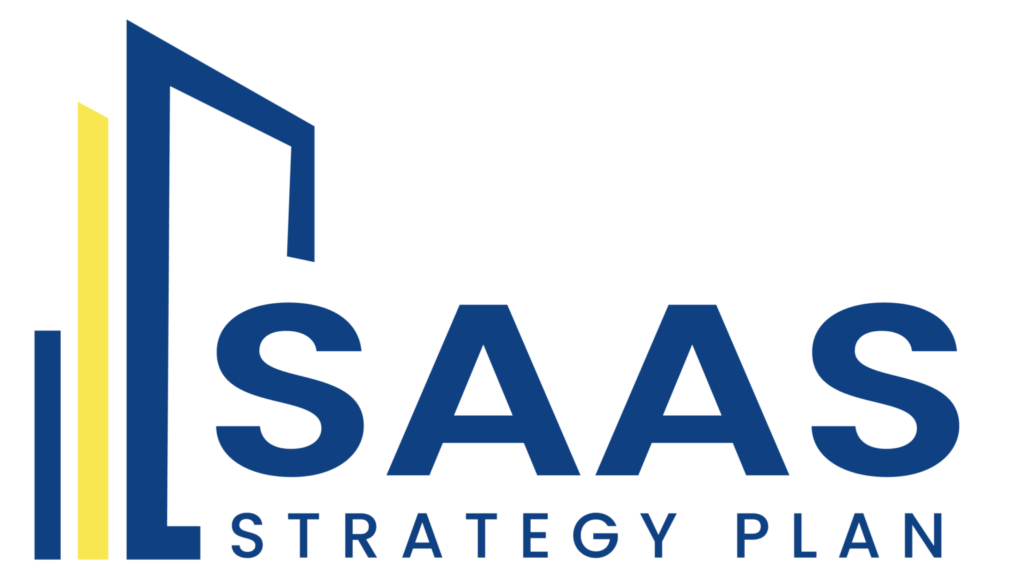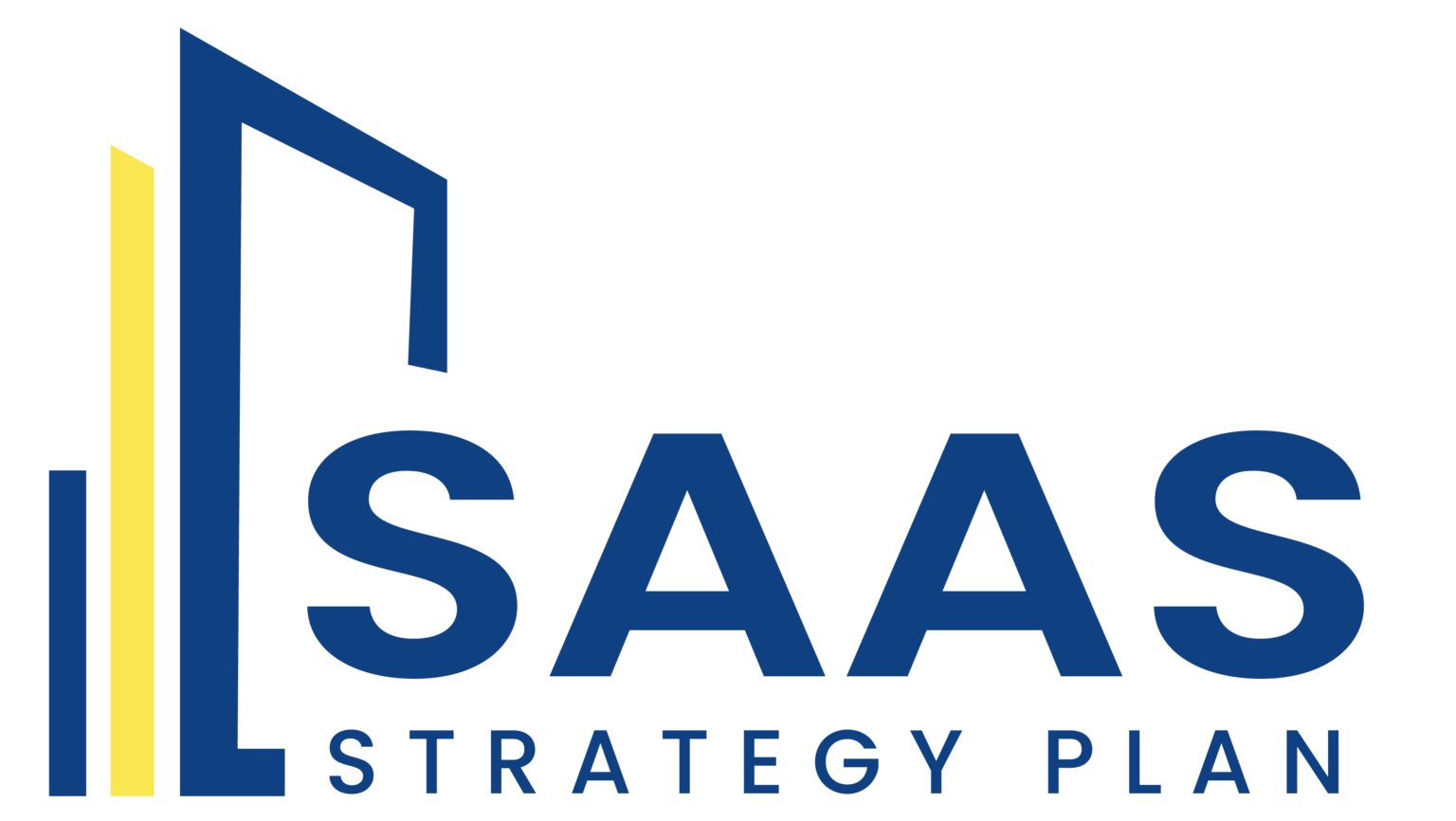Best Practices for Managing Distributed SaaS Teams Across Time Zones: A 2025 Guide
The shift toward remote and distributed work has become a permanent fixture in the SaaS industry. With teams spread across different time zones, managing communication, collaboration, and productivity can be a challenge. However, when done right, distributed teams can offer flexibility, access to global talent, and cost efficiencies. The key to success lies in adopting best practices that facilitate seamless collaboration and ensure high performance, regardless of where your team members are located. In this blog, we’ll explore essential best practices for managing distributed SaaS teams across time zones and how to leverage the unique strengths of a globally distributed workforce to drive success. 1. Establish Clear Communication Guidelines Communication is the backbone of any successful distributed team. When your team operates across multiple time zones, it’s essential to establish clear communication guidelines to ensure messages don’t get lost in translation. Set Expectations for Response Times: Make sure team members understand the expected response times based on time zone differences. Use tools like Slack or Microsoft Teams to communicate asynchronously, allowing team members to respond when they’re available. Regularly Scheduled Check-Ins: While synchronous meetings can be challenging with time zone differences, having regular check-ins at overlapping times ensures everyone is aligned. These could be weekly team meetings or one-on-one sessions to discuss progress, challenges, and goals. Leverage Asynchronous Communication Tools: Tools like Loom or recorded Zoom meetings allow team members to communicate without requiring everyone to be present at the same time. These tools allow you to maintain continuity in discussions and decision-making without waiting for the next live meeting. 2. Foster Team Collaboration with the Right Tools To keep productivity levels high, it’s essential to invest in the right tools that support collaboration, task management, and project tracking across time zones. These tools are crucial for keeping everyone on the same page, regardless of location. Project Management Tools: Platforms like Jira, Trello, and Asana help teams stay organized by allowing them to track tasks, milestones, and deadlines. These tools also provide visibility into team progress, ensuring that everyone can see what needs to be done and who is responsible for what. Document Sharing and Collaboration: Cloud-based tools like Google Drive, Notion, and Confluence ensure that all documentation is accessible to everyone in real-time. Collaborative documents and knowledge bases allow teams to work together seamlessly, even if they’re working in different time zones. Time Zone Management Tools: To avoid confusion around meeting times, use tools like World Time Buddy to convert time zones and schedule meetings at convenient times for all team members. 3. Build a Cohesive Team Culture Across Time Zones Building a strong, cohesive team culture when your team is distributed requires intentional effort. Here are a few ways to keep team morale high and foster collaboration: Celebrate Wins Together: Make it a habit to celebrate team successes, whether big or small. This could be a monthly virtual happy hour, recognizing individual achievements in team meetings, or sharing positive customer feedback. Celebrating together, even remotely, strengthens team bonds. Encourage Social Interactions: Remote work can feel isolating, so it’s important to encourage social interaction. Set aside time for informal team bonding activities like virtual coffee breaks, trivia, or team challenges. These activities foster connection and allow team members to build relationships outside of work. Emphasize Transparency and Trust: In a distributed team, transparency is crucial. Foster a culture of trust by sharing information openly and encouraging honest feedback. Trusting your team members to work independently and empowering them to take ownership of their tasks helps drive engagement and productivity. 4. Optimize Workflows for Efficiency To ensure your team stays productive and efficient, optimize workflows to reduce bottlenecks and enhance collaboration. Focus on streamlining processes and making sure that no one is overwhelmed by tasks or deadlines. Automate Repetitive Tasks: Use automation tools like Zapier to eliminate repetitive manual tasks. This could include automating reporting, data entry, or communication processes, which frees up time for more valuable work. Clear Documentation: Make sure that workflows, processes, and expectations are well-documented and accessible to all team members. This ensures that even new team members can quickly understand how things work and contribute effectively. 5. Invest in Employee Well-Being When managing a distributed team, it’s important to support your employees’ well-being, as remote work can lead to burnout if not properly managed. Encourage team members to set boundaries, take breaks, and manage their workload effectively. Promote Work-Life Balance: Encourage employees to maintain a healthy work-life balance by respecting their time off and discouraging after-hours work. Provide Mental Health Support: Offer resources to support mental health, such as counseling, flexible work hours, and stress management workshops. Conclusion Successfully managing distributed SaaS teams across time zones requires careful planning, the right tools, and a commitment to communication and collaboration. By fostering an inclusive and efficient work environment, SaaS businesses can harness the unique strengths of their global teams, leading to greater innovation, higher productivity, and long-term success.
Best Practices for Managing Distributed SaaS Teams Across Time Zones: A 2025 Guide Read More »











